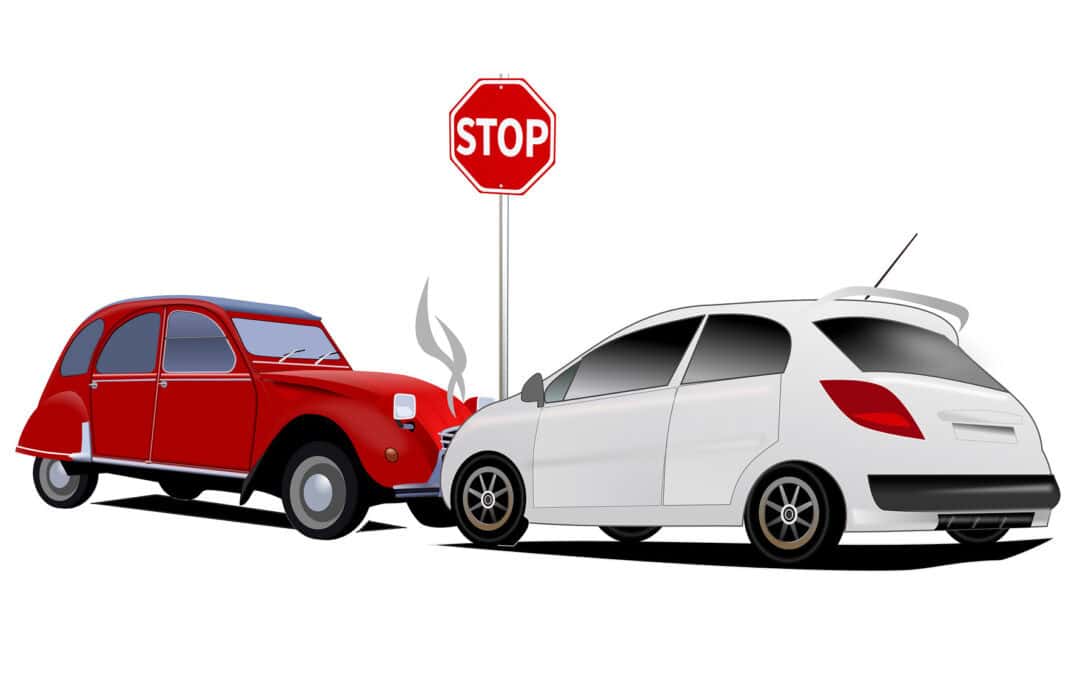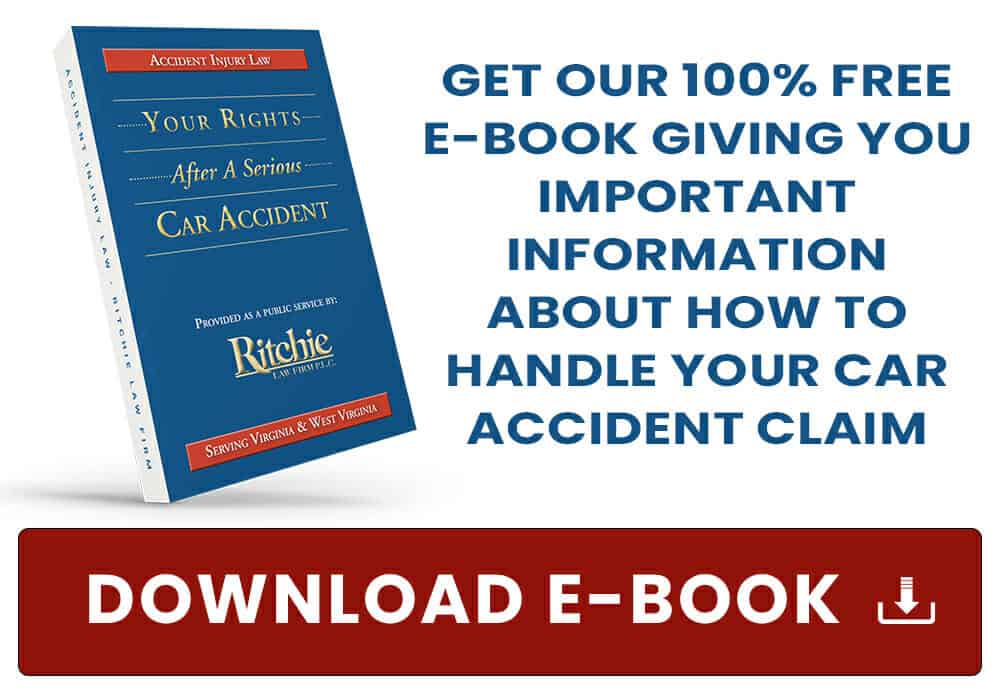Low Impact Car Accident Injuries: Can I Settle My Case if There Wasn’t Much Damage to My Car?
Low impact car accident injuries are challenging. When you’ve been in a car accident that didn’t cause much damage to your car, you might have a tough time working with the insurance adjuster. Medical bills can quickly add up even in low impact car accidents, making it crucial to seek proper compensation. Many times, insurance companies will want to give a lower value to a claim where there wasn’t much damage. An insurance company might deny or downplay injury claims from low-impact car accidents, making it challenging to obtain fair compensation. You may be wondering how to work with the adjuster and settle your case if there wasn’t much damage to your car.
Understanding Low Impact Car Accidents
Low impact car accidents are a common occurrence on the roads, and they can have serious consequences for those involved. Low speed car accidents might not lead to severe injuries compared to high-speed collisions, yet they pose unique dangers. Despite the minimal damage to the vehicles, the occupants can still suffer significant injuries. Understanding what constitutes a low impact car accident and the importance of seeking medical attention afterward is crucial.
Definition of a Low Impact Car Accident
A low impact car accident is a collision that occurs at a low speed, typically below 15 mph. These types of accidents often result in minimal damage to the vehicles involved, but they can still cause serious injuries to the occupants. Low impact car accidents can occur in a variety of situations, including rear-end collisions, parking lot accidents, and fender benders. Even though the vehicles might not show much damage, the forces involved in minor car accidents can still lead to serious injuries like whiplash and other soft tissue injuries.

Common Causes of Low Impact Car Accidents
Low speed collisions can be caused by a variety of factors, including driver error, vehicle malfunction, road conditions, and weather conditions. These collisions can result in serious health implications, ranging from soft tissue damage to more severe conditions like whiplash and nerve damage. Some common causes of low speed collisions include:
- Driver Distraction: Drivers who are distracted by their phones, passengers, or other factors may not be able to react in time to avoid a collision. Even a momentary lapse in attention can lead to a low speed crash.
- Vehicle Malfunction: A vehicle malfunction, such as a faulty brake system, can cause a low speed car accident. Regular maintenance is essential to prevent such issues.
- Road Conditions: Poor road conditions, such as potholes or uneven pavement, can cause a vehicle to lose control and collide with another vehicle. Always be cautious and adjust your driving to the road conditions.
- Weather Conditions: Inclement weather, such as rain or snow, can make the roads slippery and increase the risk of a low speed car accident. Reduced visibility and traction require extra vigilance.
Examples of Low Impact Car Accidents
Low impact car accidents can occur in various situations, often catching drivers off guard. Some common scenarios include:
- Rear-End Collisions at Red Lights or Stop Signs: These are frequent in urban areas where traffic stops and starts frequently. Even a minor bump can lead to significant injuries.
- Parking Lot Accidents: Backing into another vehicle or hitting a parked car while maneuvering in tight spaces can result in low impact collisions.
- Fender Benders in Slow-Moving Traffic: In congested traffic, minor bumps between vehicles are common, yet they can still cause injuries.
- Sideswiping Another Vehicle While Changing Lanes: Misjudging the distance or speed of another car while changing lanes can lead to a low speed collision.
- Colliding with a Vehicle That is Turning or Merging into Traffic: Miscommunication or misjudgment during turns or merges can result in low impact car accidents.
These types of accidents may seem minor, but they can still cause significant injuries, especially to the neck, back, and soft tissues.
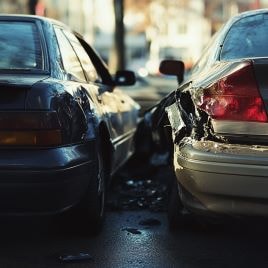
Low Impact Accidents
Many times, minor car damage occurs when there is a low impact collision. Sometimes, in a low speed impact there might be little (if any) visible property damage. But, people who are in low speed accidents do have injuries – especially neck and back injuries. Whiplash injuries are a common consequence of low impact car accidents, particularly in rear-end collisions. Injuries from low impact collisions can lead to chronic pain, affecting an individual’s ability to work and engage in daily activities.
The biggest cause of neck and back injuries in accidents is that the driver or passenger can’t brace themselves. Car bumpers are designed to hold up against a low impact. But, the body inside the car gets whipped around. People in low impact accidents often get “soft tissue” injuries that include bruises, neck and back injuries, and chest and rib injuries.
Whiplash from Low Speed Collision
Whiplash injury is one of the most common injuries that a driver or passenger in a low damage collision might suffer. A sudden hit to the rear of a vehicle can cause the neck to hyperextend, leading to strains and injuries in the cervical spine. The car seat pushes the midsection forward as the head and neck fall backwards. This pushing and pulling of the body causes the hyperextension.
Neck injuries that happen because of car accidents often go beyond soreness. Car accident victims are prone to herniated disks in the cervical spine region, even in low impact accidents. These kinds of injuries can cause arm pain, numbness, and weakness. Surgery often becomes necessary.
Back and Soft Tissue Injuries
Low impact accidents can cause back injuries too. As the body is tossed around in the car, muscles in the lower back area become sore and weakened.
Learn more about this topic in our article “Spine and Soft Tissue Injuries“
Factors that Contribute to Injury Severity
Several factors can influence the severity of injuries sustained in a low impact car accident:
- Speed: Even at low speeds, the force of the impact can cause significant injuries, particularly to the neck and back.
- Angle of Impact: Collisions that occur at an angle can cause more severe injuries compared to direct impacts.
- Vehicle Size and Weight: A collision between a larger vehicle and a smaller one can result in more severe injuries for the occupants of the smaller vehicle.
- Seatbelt Use: Not wearing a seatbelt can significantly increase the risk of injury or death in a low impact car accident.
- Airbag Deployment: While airbags can reduce the risk of injury, their deployment can also cause injuries, especially to the face and head.
Understanding these factors can help in assessing the potential severity of injuries in low impact car accidents.
National Institutes of Health Study
Recently, research from the National Institutes of Health found that there is no amount of speed or damage to a vehicle that will predict whether a person is injured in a crash. Instead, car accident victims are frequently injured at all impact and car damage levels.
Proper documentation is crucial for personal injury claims, as it helps establish evidence needed for future claims. If you’ve been injured in a low impact car accident, having an experienced lawyer on your side is critical. At the Ritchie Law Firm, we have a track record of success handling serious injury cases resulting from low impact accidents. We frequently use biomechanical experts and medical specialists to help establish how the accident caused the injuries.
Can a Low Impact Car Accident Cause Serious Injuries?
Yes, a low impact car accident can cause serious injuries, including:
- Whiplash: A whiplash injury occurs when the head and neck are suddenly jerked forward and backward, causing strain on the muscles and ligaments in the neck.
- Soft Tissue Injuries: Soft tissue injuries, such as sprains and strains, can occur in the neck, back, and other areas of the body.
- Concussions: A concussion is a type of traumatic brain injury that can occur when the head is struck or shaken violently.
- Herniated Discs: A herniated disc can occur when the spine is compressed or twisted, causing the disc to bulge or rupture.
- Chronic Pain: Low impact car accidents can cause chronic pain, especially in the neck, back, and joints.
These injuries can have long-lasting effects, making it essential to seek medical attention and proper treatment.
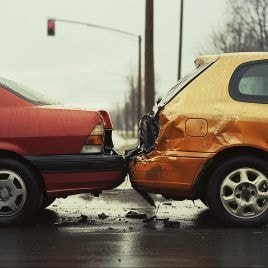
Importance of Seeking Medical Attention After a Car Accident
Seeking medical attention after a car accident is crucial, even if the accident seems minor. Many injuries, such as whiplash and concussions, may not be immediately apparent but can cause significant problems if left untreated. A medical professional can:
- Diagnose Injuries: A medical professional can diagnose injuries, including whiplash, concussions, and soft tissue injuries.
- Provide Treatment: A medical professional can provide treatment, including medication, physical therapy, and other forms of therapy.
- Document Injuries: A medical professional can document injuries, which can be important for insurance claims and personal injury lawsuits.
Prompt medical attention can ensure that injuries are properly treated and documented, which is essential for recovery and any potential legal claims.
Diagnosing and Treating Low Impact Car Accident Injuries
Diagnosing and treating low impact car accident injuries requires a comprehensive approach, including:
- Medical History: A medical professional will take a medical history to identify any pre-existing conditions that may have contributed to the injury.
- Physical Examination: A medical professional will perform a physical examination to identify any injuries, including whiplash, concussions, and soft tissue injuries.
- Diagnostic Tests: Diagnostic tests, such as X-rays, CT scans, and MRI scans, may be ordered to confirm the diagnosis.
- Treatment: Treatment may include medication, physical therapy, and other forms of therapy.
This thorough approach ensures that all injuries are identified and treated appropriately, helping car accident victims recover fully.
Documenting Your Injuries for Insurance Claims
If you have been involved in a low impact car accident, it is essential to document your injuries for insurance claims. Proper documentation can make a significant difference in the outcome of your personal injury claim. Here are some tips on how to effectively document your injuries:
- Seek Medical Attention Immediately: Even if you feel fine, it’s important to seek medical attention as soon as possible. Some injuries, like whiplash or soft tissue injuries, may not be immediately apparent but can develop over time.
- Keep Detailed Medical Records: Ensure that all your medical visits, treatments, and prescribed medications are thoroughly documented. These records will be crucial when filing your personal injury claim.
- Photograph Your Injuries: Take clear photographs of any visible injuries. These images can serve as compelling evidence of the harm you suffered.
- Maintain a Pain Journal: Keep a daily journal detailing your pain levels, physical limitations, and how the injuries impact your daily life. This personal account can provide valuable insight into the extent of your injuries.
- Collect Witness Statements: If there were any witnesses to the accident, obtain their contact information and statements. Their accounts can support your version of events.
By meticulously documenting your injuries and the impact they have on your life, you can strengthen your personal injury claim and improve your chances of receiving fair compensation.
Here’s how we can help you with your car accident case today:
- Download our free book, Serious Auto Accident Injuries. This resource can help you start thinking about your car accident case.
- Call our office at (800) 277-6124 and speak to our staff about your case. You can schedule a time to talk with one of our attorneys, or just ask a few questions about your auto accident case.
- Browse our collection of articles, FAQs, and blog posts about personal injury cases. If you don’t see your question answered there, fill out a contact form on our website and tell us more about your situation.
At the Ritchie Law Firm, our top priority is helping you get a fair result for your case so you can get back to living your life.
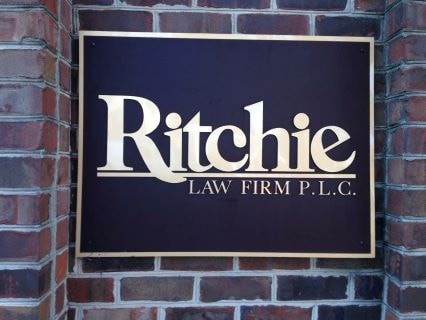
Talk with a Virginia Car Accident Lawyer
If you or a loved one suffered significant injuries in a car accident in Virginia, Ritchie Law Firm is here to help. The experienced, certified attorneys at the Ritchie Law Firm has helped thousands of injured victims and their families recover the compensation they deserve after an accident.

